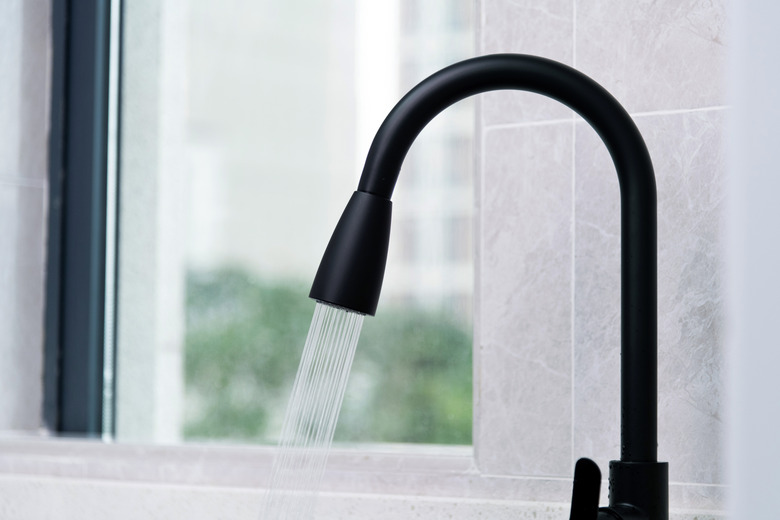How To Troubleshoot A Culligan Water Softener
If you live in an area where the water is hard, you may be familiar with water softeners. Culligan has been the go-to water softening company since 1938, and it's still a prominent name in the water filtration industry. With that experience comes great support from both local and worldwide franchises. Before you call your local dealer for help, though, there may be a few things that you can check to get your water softener up and running again.
How Often Should My Culligan Water Softener Regenerate?
How Often Should My Culligan Water Softener Regenerate?
Regeneration is when the water softener system flushes out the minerals it catches from the hard water. Culligan water softeners regenerate based on a set time for a certain set interval or based on usage. The regeneration can vary based on the model you have or its age. Some models can regenerate every day if the demand is high enough or if the water is hard enough.
Some models have an app so you can program the system from your mobile device. The controls also allow the system to be manually forced into regeneration mode if you feel it is necessary.
Regeneration Light Blinking
Regeneration Light Blinking
When the Culligan water softener starts the regeneration mode, the "REG" light will illuminate when signaled by the control. During the regeneration process, the light blinks, indicating the water softener is currently regenerating the water softening system. This happens automatically based on the control settings or when forced manually by pressing the "REGEN" button for five seconds.
Resetting a Culligan Water Softener
Resetting a Culligan Water Softener
The water softener may need to be reset from time to time. Things like power outages for more than 24 hours and the switch to daylight saving time affect the accurate time while altering the regeneration settings. Much like changing the time on anything, there are a few common steps to follow. Check the operation manual for your specific model.
Culligan Water Softener Troubleshooting
Culligan Water Softener Troubleshooting
Although Culligan has launched many models over the years, basic troubleshooting has not changed too much. If your dishes are showing chalky deposits or your shower does not feel as refreshing as it once did, you may be having some problems with your water softener.
- Check the power supply: Be sure that the unit is plugged in and that the outlet does indeed have power. This may require checking fuses or circuit breakers.
- Check the bypass valve: Make sure that it is in the correct position, which can vary from one installation to another. If there are individual valves, make sure that the inlet and outlet valves are open and the bypass valve is closed. Some models, such as those in the Culligan Gold series, have a "Push for Service" position. Make sure that the bypass valve is in the proper position based on your model and installation.
-
Check the water supply: If you are experiencing a no-water situation, check to make sure you in fact have water feeding the softener. Check for water
from a drain valve or outdoor spigotbefore checking the actual water softening system. If you do have water, close the service valves, open the bypass, and check for water again. At this point, it is time to call for service.
- Check for salt: Increased usage, such as when you have guests for an extended period of time, can make you go through more salt than normal. Some models will give an error code of "Check Salt." This can be due to one obvious problem: no salt in the brine tank. Refill the tank and let it sit for four hours before putting it in operation. The code can also be due to salt bridging. Salt can form a bridge across the brine tank, making it look like there is salt in the tank, but it is bridged over the water underneath. Carefully poke at the salt and break the bridge.
